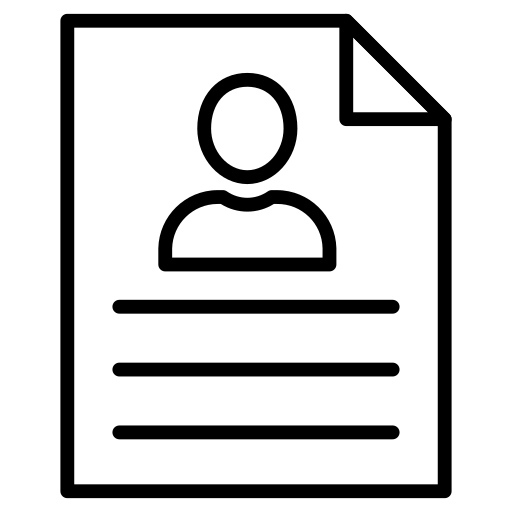|
I am a third-year Ph.D. student (expected graduation in August'26) in Computer Vision at the Center for Research in Computer Vision (CRCV), University of Central Florida (UCF), where I am fortunate to be advised by Prof. Yogesh S. Rawat. My research focuses on Low-Resolution Recognition, Person Re-Identification (ReID), and Robustness in Deep Learning. Prior to joining UCF, I earned my Master’s in Computer Science from New York University (NYU) Courant Institute, where I completed my thesis under the guidance of Prof. Rob Fergus. I hold dual Bachelor of Technology (B.Tech) degrees in Electrical Engineering and Computer Science from the Indian Institute of Technology (IIT) Kanpur. |

|
|
My research focuses on developing efficient training techniques for computer vision models, with a particular emphasis on understanding the adverse effect of noise and enhancing the robustness of deep learning architectures in real-world scenarios. My work investigates how various types of noise—such as low-resolution and environmental distortions (fog, rain, snow, etc.) impact the performance of deep learning models, including transformers and vision-language models (VLMs), in zero-shot setting. On the side, I have extensive experience in Person Re-Identification (ReID) (also, my Master's thesis) centered on real-world CCTV cameras, a domain inherently affected by low-resolution and noisy visual data. |
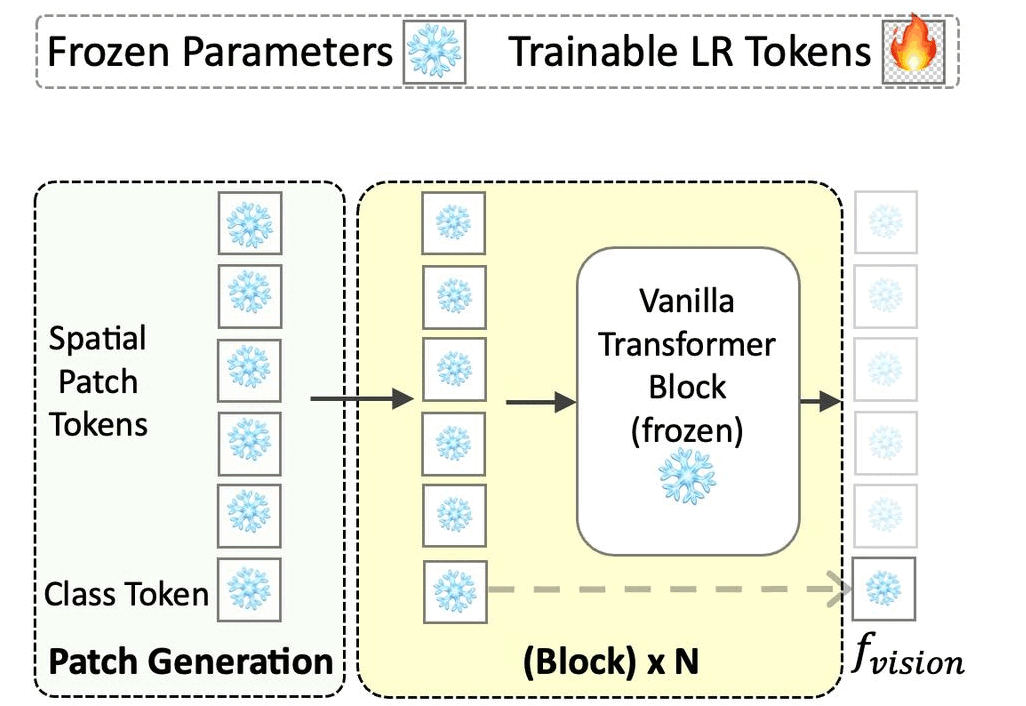
|
Noise Robustness
Zero-shot Images
VLMs
Prompts
Benchmark
Priyank Pathak,
Shyam Marjit,
Shruti Vyas,
Yogesh S. Rawat,
ICLR, 2025 || ICCV (Non-Proceedings), 2025 Paper / Project Page / Code / Arxiv LR0.FM 1) Evaluates the impact of low resolution images via novel WAR evaluation metric 3) LR-TK0 enhances the robustness of zero-shot performance of VLMs on 16 bencharks w/o compromising vanilla performance |

|
Person ReID
Self-Attention
Video & Image
Efficiency
Priyank Pathak,
Yogesh S. Rawat,
ICCV, 2025 Paper / Project Page / Code / Arxiv Lightweight, annotation-free proxy for mitigating appearance bias (via colors) in ReID models, w/o "expensive" clothing annotations. Efficinet RGB-only method entanlges and disentangles all in 1 architecutre. |
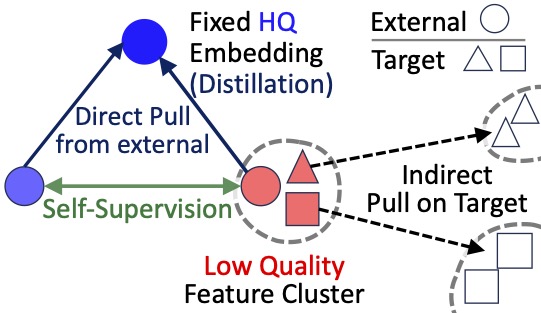
|
Person ReID
Real World
Noisy Images
ResNets
Priyank Pathak,
Yogesh S. Rawat,
BMVC, 2025 Paper / Code / Arxiv We introduce Robustness against Low-Quality (RLQ) in clothes changing real-world ReID to make the model robust against low-quality artifacts like pixelation, out-of-focus blur, and motion blur. |

|
Person ReID
Video & Image
Techniques
Novel Loss
Priyank Pathak,
Amir Erfan Eshratifar,
Michael Gormish,
AAAI, 2020 Paper / Code / Arxiv One of the first works in Person Reid exploring multiple techniques to improve accuracy on the Video ReID model, and proposing novel attention loss for helping model focus on certain frames more than the other. |
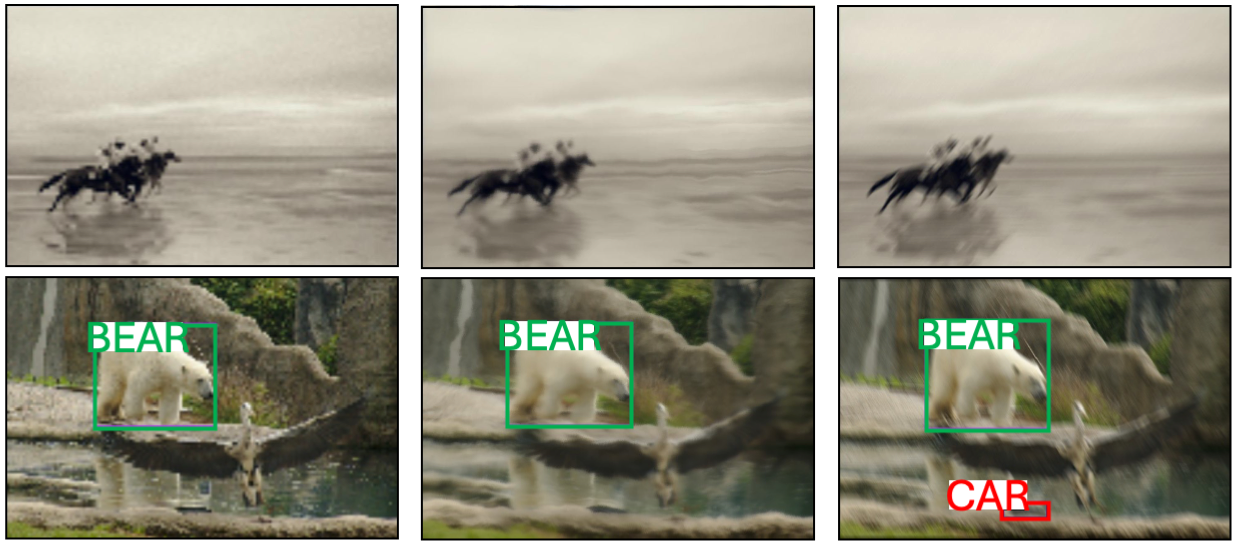
|
Object Detectors
Zero-shot
Analysis
Opening Black Box
Noises
Priyank Pathak*,
Mukilan Karuppasamy*,
Aaditya Baranwal,
* equal contribution Under Review Removing bells and whistles of SOTA Zero-Shot Object Detectors under resolution degradation (`pixelation'), exposing 1) Vunerability of "backbones", 2) Certain images are immune to degradation 3) Minimal impact of "lanugage". |
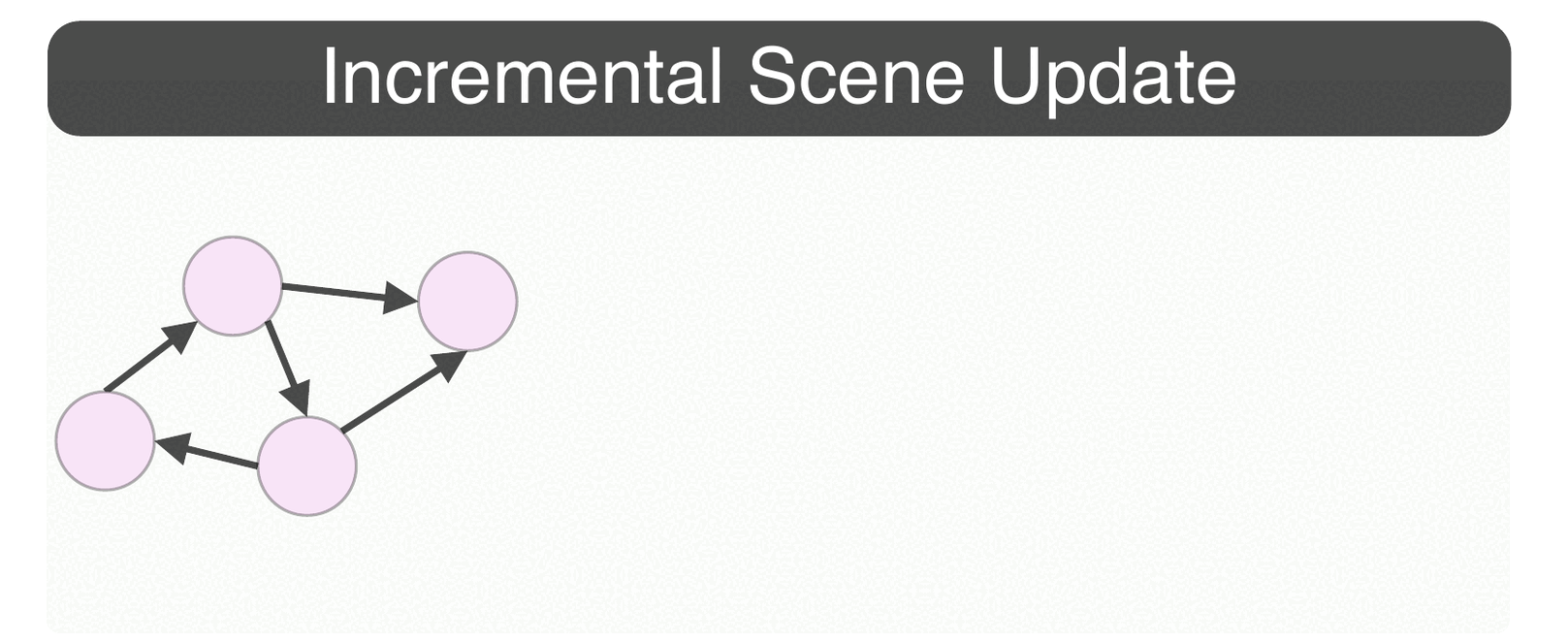
|
LLMs
Resoning Technique
Benchmark
Sequence
Error
Shresth Grover,
Priyank Pathak,
Akash Kumar,
Vibhav Vineet,
Yogesh S Rawat
Under Review Project Page / Code / Arxiv CosPlan benchmarks evaluates VLMs on "error-prone" sequence completion tasks, testing abilities like Error Detection and Sequence Completion ability. Novel SGI, incrementally updates Scene Graphs better handle decision making. |
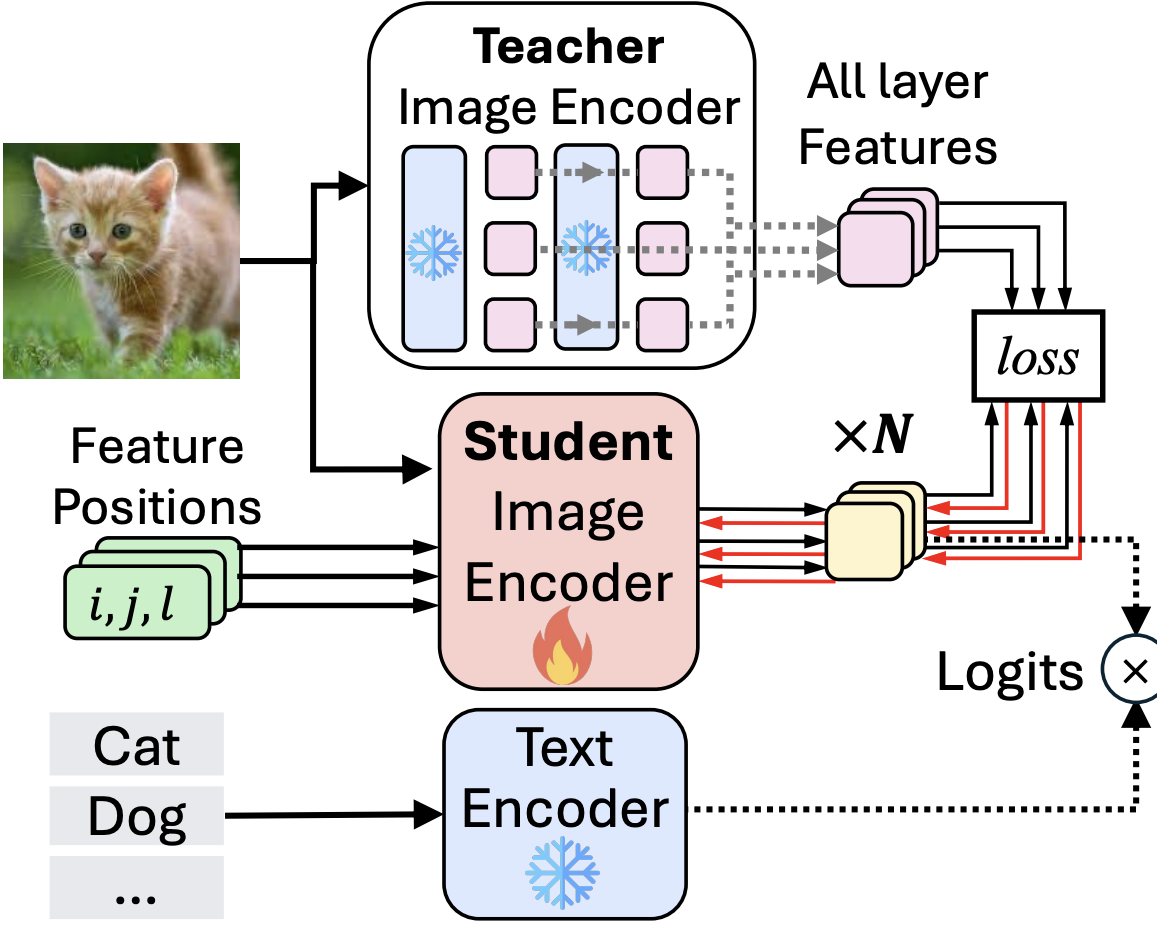
|
Test Time Training
VLMs
Efficinet
Distillation
Dense Task
Rajat Modi,
Xin Liang,
Priyank Pathak,
Yogesh S Rawat
Under Review Layer Query Network (LQN), a lightweight five-layer MLP that adapts a frozen VLM in one forward pass. LQN distills intermediate-layer tokens from VLM and self-supervise achieving faster convergence and strong dense-prediction performance, outperforming the teacher VLM. |

|
Zero-Shot
VLMs
Object Detectors
Robustness
Priyank Pathak,
Yogesh S Rawat
Preprint Do models need to know what noise is there to improve robustness? Are synthetic datasets the best measure against robustness of models? |
|
|
|
May'26 – Aug'26
Aug'22 – Dec'22
June'20 - Aug'21
May'19 - Sept'19
May'17 - Aug'17
May'16 - Aug'16
|
|
|
|
|
Reviewer, ICML 2026 Reviewer, AAAI 2026 Reviewer, Neurips 2025 Reviewer, BMVC 2025 Reviewer, CVPR 2025 (Outstanding Reviewer) Reviewer, ICLR 2025 (Outstanding Reviewer) |
|
|
Fine-Grained Re-Identification (Master's Thesis) Local Learning on Transformers via Feature Reconstruction |
|
I sometimes release implementations for others' papers. |
Success of Filmmaking (Javascript & novel visualization) [Course Highlight Project] [GIF]
Faster RCNN tutorial [Githhub] Reinforcement learning tutorial[Web Page] Spatial Transformers for traffic signal detection[Github] Video-Action-Transformer-Network [Github] Online softmining loss [Github] |
|
"Aloo has no place in Biryani" - Every Desi Foodie Built upon Jon Barron's template, and modified upon Rohit Gupta |
